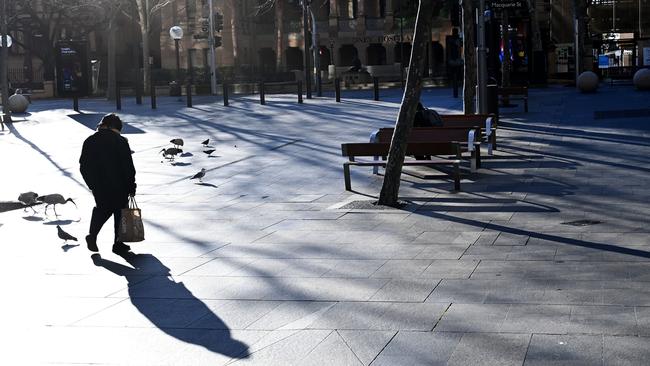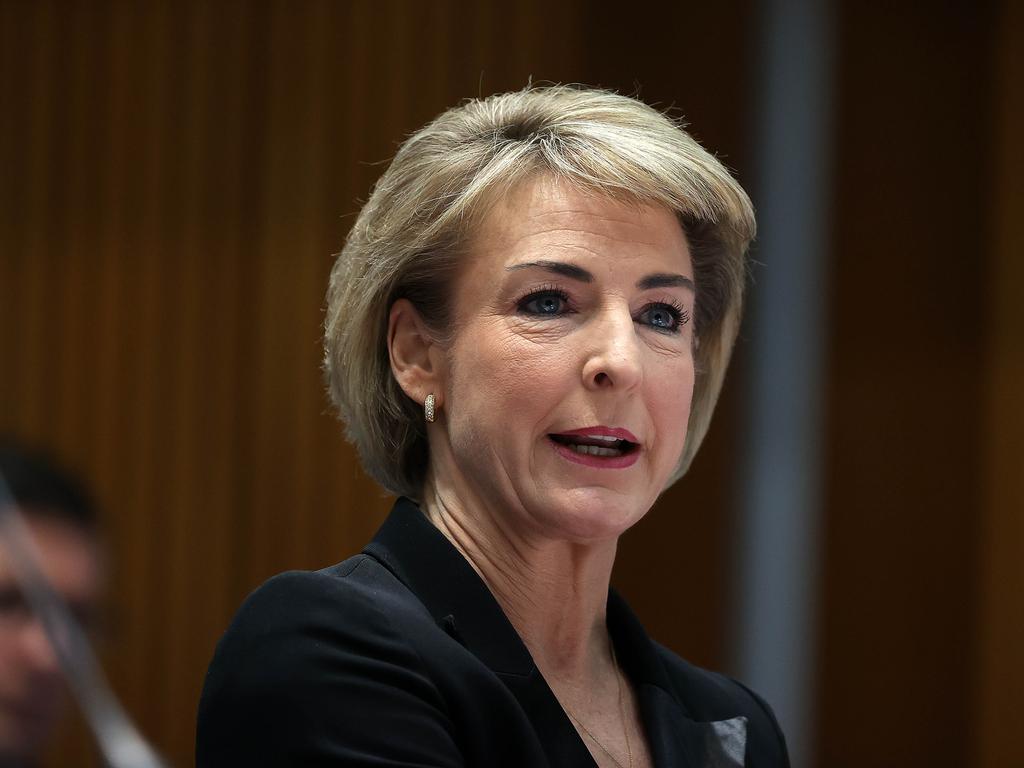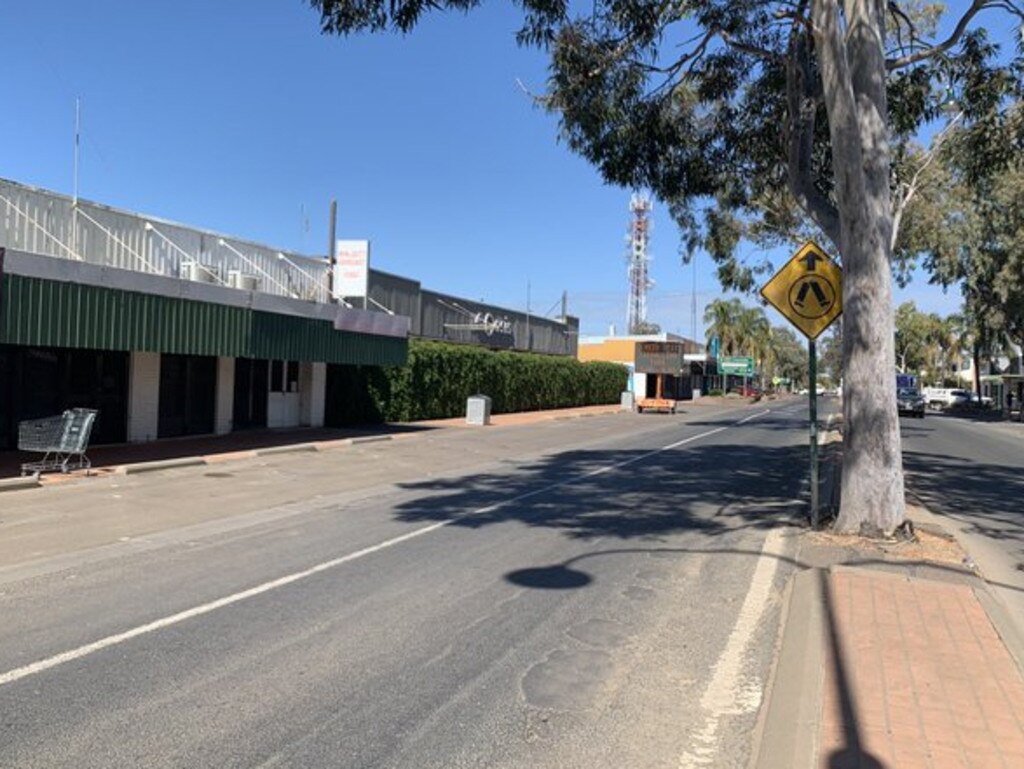Jobs slump a ‘massive’ shock to economy
Nearly one in 10 workers in some western Sydney suburbs have been stood down as a result of harsh restrictions.

Nearly one in 10 workers in some western Sydney suburbs have been stood down as a result of harsh lockdowns and restrictions imposed to suppress the Delta outbreak, in what economists described as a “massive shock” to Australia’s economy.
Analysis by The Australian of Australian Bureau of Statistics data reveals Auburn is the hardest-hit suburb, recording an 8.8 per cent plunge in the number of employees paid through the ATO’s single-touch payroll system in the three weeks following the imposition of the restrictions in late June.
The next hardest hit was the inner southwest Sydney suburb of Hurstville, and the inner west grouping of Strathfield-Burwood-Ashfield, where payroll jobs plunged by 8 per cent in both areas over the three weeks.
The inner southwestern suburb of Canterbury recorded a drop of 7.6 per cent in the number of payroll jobs, while there were falls of more than 7 per cent in Sydney City, Botany, Kogarah-Rockdale, and Fairfield.
This compares to a 5.7 drop in payroll jobs across Greater Sydney – which is about three times bigger than the fall recorded in Greater Melbourne over the same period – a 3.2 per cent fall in regional NSW, and a 2.6 per cent national fall.
CBA head of Australian economics Gareth Aird said the figures showed “this is a massive shock not just to NSW, but to Australia’s economy”.
“Victoria is in lockdown, you’ve got snap lockdowns everywhere – that is going to take its toll on momentum in the labour market, and it’s going to impact confidence and hiring,” Mr Aird said.
“I’d be amazed if we are putting on jobs in the rest of the country.”
ABS head of labour force statistics Bjorn Jervis said the next set of payroll data would encompass the fourth and fifth weeks of the Sydney lockdown, which included tighter restrictions and the temporary shutdown of the city’s construction sector.
The closure of building sites from July 19 to July 31 across eight Sydney local government areas put at risk an estimated 80,000 construction workers, according to Business Western Sydney.
Mr Jervis said the precedent from Victoria’s long lockdown in 2020 was that the hit to the labour market was first seen in hours, and then reflected in official figures in the following months as workers moved from being temporarily stood down to losing their jobs.
The stay-at-home orders have been extended to August 28, but with new daily infections running well north of 300, economists are pencilling in the measures to be extended well into September, and perhaps beyond until most residents are fully vaccinated.
With just shy of a quarter of the adult population now fully vaccinated, NAB economists have projected 70 per cent of Australians aged 16 and over will have received their first jab by late October, and 80 per cent by November.
NSW could reach those thresholds “marginally sooner than the rest of Australia given the recent acceleration in vaccinations”, NAB economist Taylor Nugent said.
The commonwealth has paid out $1.7bn to NSW workers via its Covid disaster income support payment, making up the vast bulk of the $2.1bn extended to 1.2 million affected workers nationally, according to the Department of Social Services.
That payment is worth up to $750 a week, tax free, for affected employees.
The joint state-federal JobSaver business support payments have been ramped up to as much as $100,000 for employers that have lost revenue as a result of the health measures.
Mr Aird said the tax-free income support payments were now more generous than JobKeeper. But unlike under the national subsidy scheme, where employers were paid to keep staff on, workers who have been stood down under the new arrangements will be counted as unemployed.
Mr Jervis said that next Thursday’s labour force figures would “tell us how many of the people without work in early July retained an attachment to their job and continued to be employed”.
He said the full picture of how many lost their jobs would become apparent in the August and September labour force statistics.
Mr Aird estimated that employment in Greater Sydney would plunge by as much as 300,000 in the coming months – more than 10 per cent of the city’s workforce of 2.9 million people – and that unemployment would reach 5.6 per cent by October. He said there was now a risk that the Delta outbreak could leave a legacy of a higher number of long-term unemployed than before the renewed health crisis.
The impact of Sydney’s lockdown was being felt beyond the city limits, Mr Aird said: “There will be lots of businesses that may not directly be in a lockdown but which will be affected by what’s happening in lockdown areas.”
The ABS figures show regions dependent on Sydney business suffered even more severe falls in the number of payrolled jobs.
The south coast holiday area of Jervis Bay recorded a 14 per cent plunge, while there were 12 per cent fewer payrolled jobs on Lord Howe Island, and 6.8 per cent fewer in the Snowy Region – where ski fields will suffer the additional blow of losing visitors from Canberra from Thursday afternoon as the ACT enters a seven-day lockdown.
While workers were stood down across the country’s biggest city, employment was least disrupted in the Blacktown suburbs of Mount Druitt, which recorded a 3.2 per cent fall in the number of payroll jobs, and the outer west suburb of St Marys, on 3.1 per cent.








To join the conversation, please log in. Don't have an account? Register
Join the conversation, you are commenting as Logout